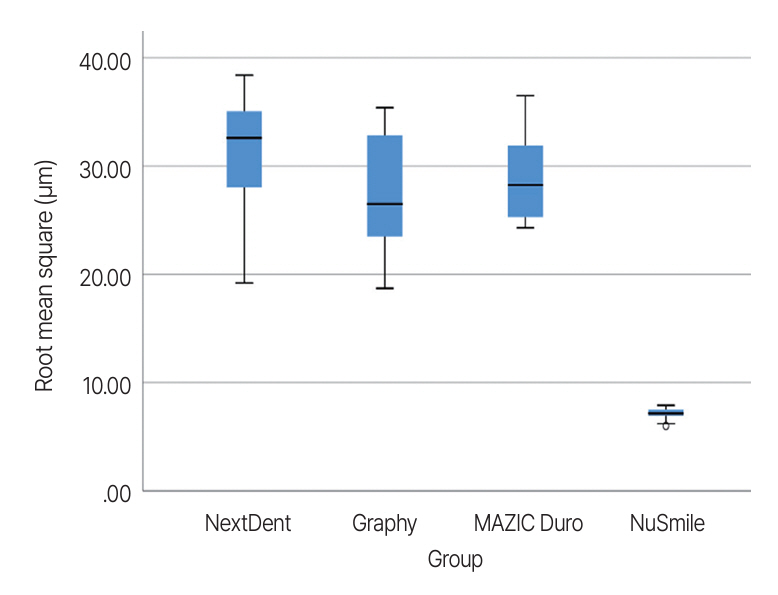1. Randall RC : Preformed metal crowns for primary and permanent molar teeth: review of the literature.
Pediatr Dent, 24:489-500, 2002.

2. Seale NS, Randall R : The use of stainless steel crowns: a systematic literature review.
Pediatr Dent, 37:145-160, 2015.

3. Shah PV, Lee JY, Wright JT : Clinical success and parental satisfaction with anterior preveneered primary stainless steel crowns.
Pediatr Dent, 26:391-395, 2004.

4. Roberts C, Lee JY, Wright JT : Clinical evaluation of and parental satisfaction with resin-faced stainless steel crowns.
Pediatr Dent, 23:28-31, 2001.

5. Mathew MG, Roopa KB, Soni AJ, Khan MM, Kauser A : Evaluation of clinical success, parental and child satisfaction of stainless steel crowns and zirconia crowns in primary molars.
J Fam Med Prim Care, 9:1418-1423, 2020.



6. Morley J : The role of cosmetic dentistry in restoring a youthful appearance.
J Am Dent Assoc, 130:1166-1172, 1999.


7. Ajayakumar LP, Chowdhary N, Reddy VR, Chowdhary R : Use of restorative full crowns made with zirconia in children: a systematic review.
Int J Clin Pediatr Dent, 13:551-558, 2020.



8. Aiem E, Smaïl-Faugeron V, Muller-Bolla M : Aesthetic preformed paediatric crowns: systematic review.
Int J Pediatr Dent, 27:273-282, 2017.


9. Al-Amleh B, Lyons K, Swain M : Clinical trials in zirconia: a systematic review.
J Oral Rehabil, 37:641-652, 2010.


10. Holsinger DM, Wells MH, Scarbecz M, Donaldson M : Clinical evaluation and parental satisfaction with pediatric zirconia anterior crowns.
Pediatr Dent, 38:192-197, 2016.

11. Walia T, Salami AA, Bashiri R, Hamoodi OM, Rashid F : A randomised controlled trial of three aesthetic full-coronal restorations in primary maxillary teeth. J Oral Rehabil, 15:113-118, 2014.
12. Manfredini D, Restrepo C, Diaz-Serrano K, Winocur E, Lobbezoo F : Prevalence of sleep bruxism in children: a systematic review of the literature.
J Oral Rehabil, 40:631-642, 2013.



13. Dawood A, Marti BM, Sauret-Jackson V, Darwood A : 3D printing in dentistry.
Br Dent J, 219:521-529, 2015.



14. Anadioti E, Kane B, Soulas E : Current and emerging applications of 3D printing in restorative dentistry.
Curr Oral Health Rep, 5:133-139, 2018.


16. Gatti AM : Biocompatibility of micro- and nano-particles in the colon. Part II.
Biomaterials, 25:385-392, 2004.


17. Gatti AM, Rivasi F : Biocompatibility of micro- and nanoparticles.
Biomaterials, 23:2381-2387, 2002.

18. Heintze SD : How to qualify and validate wear simulation devices and methods.
Dent Mater, 22:712-734, 2006.


19. Kist S, Stawarczyk B, Kollmuss M, Hickel R, Huth KC : Fracture load and chewing simulation of zirconia and stainless-steel crowns for primary molars.
Eur J Oral Sci, 127:369-375, 2019.



20. Kim CM, Kim SR, Kim JH, Kim HY, Kim WC : Trueness of milled prostheses according to number of ball-end mill burs.
J Prosthet Dent, 115:624-629, 2016.


21. Schaefer O, Watts DC, Sigusch BW, Kuepper H, Guentsch A : Marginal and internal fit of pressed lithium disilicate partial crowns in vitro: A three-dimensional analysis of accuracy and reproducibility.
Dent Mater, 28:320-326, 2012.


22. Koletsi D, Iliadi A, Eliades T, Eliades G : In Vitro Simulation and In Vivo Assessment of Tooth Wear: A Meta-Analysis of In Vitro and Clinical Research.
Materials, 12:3575, 2019.



23. Möhn M, Frankenberger R, Krämer N : Wear and marginal quality of aesthetic crowns for primary molars.
Int J Pediatr Dent, 32:273-283, 2022.


24. Lambrechts P, Braem M, Vuylsteke-Wauters M, Vanherle G : Quantitative in vivo wear of human enamel.
J Dent Res, 68:1752-1754, 1989.



25. Heintze SD, Zappini G, Rousson V : Wear of ten dental restorative materials in five wear simulators - results of a round robin test.
Dent Mater, 21:304-317, 2005.


26. da Cunha MR, Puppin-Rontani RM, Ferracane JL, Correr-Sobrinho L : In vitro wear evaluation of dental materials in primary teeth.
Am J Dent, 19:364-369, 2006.

27. Wassell RW, McCabe JF, Walls AW : Wear characteristics in a two-body wear test.
Dent Mater, 10:269-274, 1994.


28. Park JM, Ahn JS, Cha HS, Lee JH : Wear resistance of 3D printing resin material opposing zirconia and metal antagonists.
Materials, 11:1043, 2018.



29. Sripetchdanond J, Leevailoj C : Wear of human enamel opposing monolithic zirconia, glass ceramic, and composite resin: an in vitro study.
J Prosthet Dent, 112:1141-1150, 2014.


30. Sorensen JA : A rationale for comparison of plaque-re-taining properties of crown systems.
J Prosthet Dent, 62:264-269, 1989.


31. Bhamra G, Palin WM, Fleming GJ : The effect of surface roughness on the flexure strength of an alumina reinforced all-ceramic crown material.
J Dent, 30:153-160, 2002.
















 PDF Links
PDF Links PubReader
PubReader ePub Link
ePub Link Full text via DOI
Full text via DOI Download Citation
Download Citation Print
Print



